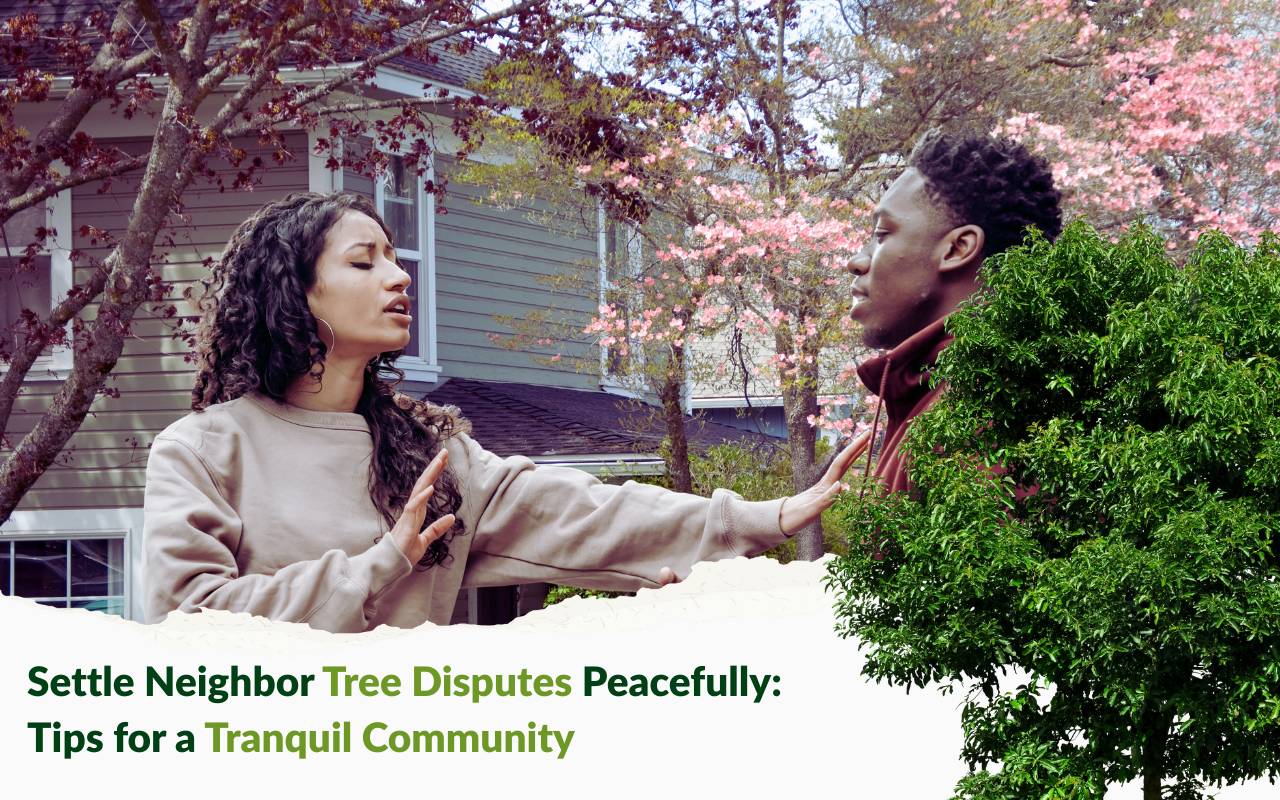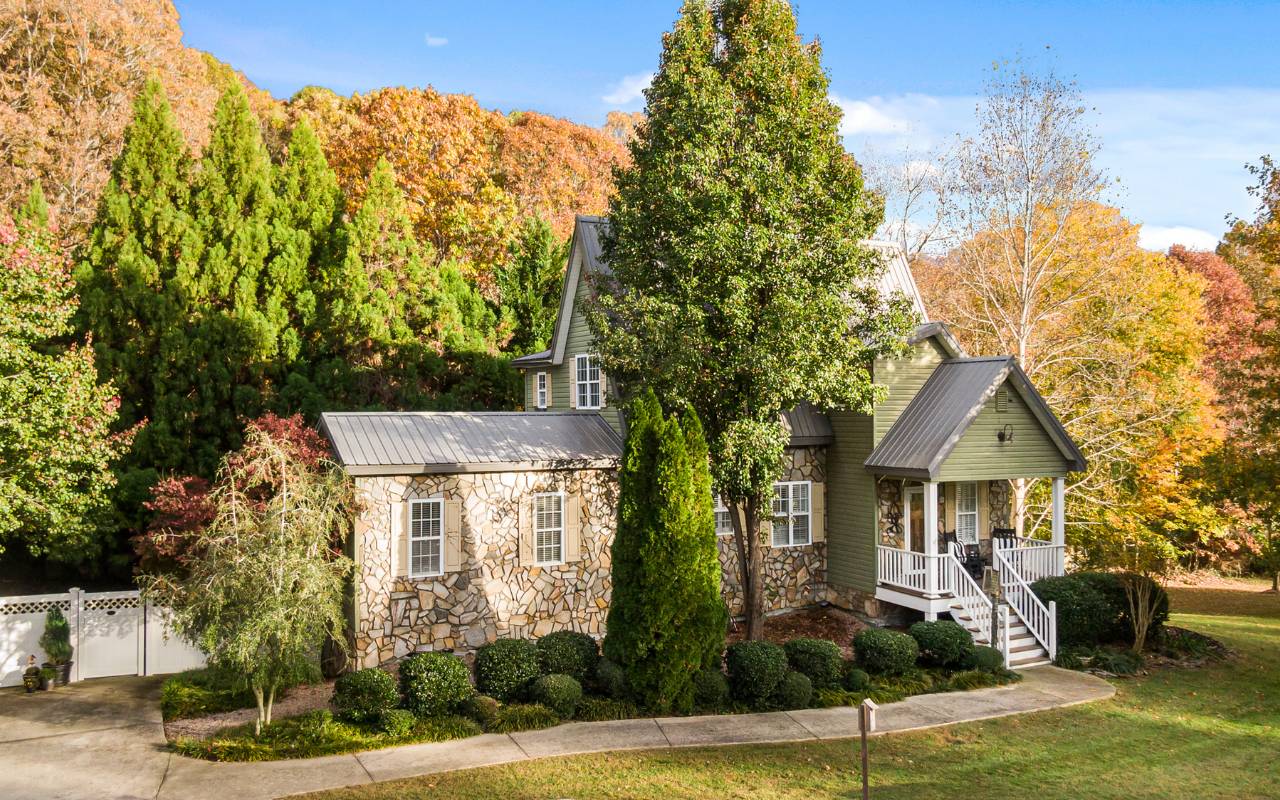
In the serene bubble of your home, nothing should disturb tranquility like a tree-related disagreement. Unfortunately, neighbor tree disputes often transform peaceful streets into battlegrounds. From overhanging branches to invasive roots, these issues quickly escalate. However, solutions exist to maintain peace and cooperation. With empathy, legal knowledge, and clear communication, you can resolve these challenges effectively. As a result, your community remains united and harmonious.
Legalities of Neighbor Tree Disputes
Understanding the law is essential when handling neighbor tree disputes. Property rights determine ownership and responsibility for trees. In most regions, you can trim branches overhanging your land but cannot kill the tree. Likewise, roots damaging pipes or foundations can be removed carefully. Before acting, always check local ordinances and state laws to avoid complications.
- Review municipal tree ordinances before taking action.
- Confirm boundaries using surveys or deeds.
- Document all communications with neighbors.
If matters escalate, courts evaluate negligence, nuisance, or trespass claims. Consequently, keeping detailed records strengthens your case if legal action becomes necessary.
Communicating Effectively with Your Neighbors
Respectful dialogue often resolves neighbor tree disputes before they worsen. Choose a neutral setting, such as a front porch, to discuss concerns. Focus on how branches or roots affect your property without assigning blame. Use “I” statements and ask open-ended questions. Furthermore, listening actively shows empathy and promotes collaboration.
- Speak calmly and respectfully.
- Use clear and empathetic language.
- Document agreements for clarity.
If tension rises, pause and revisit later when both parties feel calmer. Ultimately, communication is the foundation for peaceful resolutions.
Seeking Mediation or Professional Help
When direct discussions fail, mediation offers an effective solution. Trained mediators help neighbors explore fair outcomes. Mediation often reduces hostility and increases cooperation. Additionally, arborists provide expert evaluations of tree health, stability, and safety. Their reports support informed decisions like pruning, installing barriers, or removal. In complex cases, legal advice ensures your rights are protected.
Though hiring professionals involves cost, their expertise can save time, stress, and preserve neighborhood goodwill. For serious cases, consider reviewing professional landscaping services to manage long-term tree concerns.
Once agreements are made, practical solutions must follow. Draft a clear action plan covering who trims branches, when, and how cleanup occurs. For root problems, explore installing barriers to prevent damage. Moreover, when shading issues arise, selective pruning often balances tree health and property enjoyment.
- Draft written agreements with timelines.
- Share maintenance costs fairly.
- Schedule yearly evaluations with an arborist.
Turning promises into a documented plan prevents confusion and strengthens accountability between neighbors.
Establishing Boundaries and Agreements
Written agreements prevent future neighbor tree disputes. Contracts should outline pruning schedules, root management, and cost sharing. Recording agreements with local offices can make them binding for future property owners. In addition, surveys confirming boundaries help reduce arguments about property lines.
Establishing boundaries early builds trust and decreases the risk of disputes over time.

Learning from Successful Resolutions
Real-life examples show how understanding resolves neighbor tree disputes. In one case, homeowners facing root damage agreed to install a barrier and split costs. Another dispute over blocked sunlight ended with selective pruning suggested by an arborist. Both outcomes preserved trees and improved neighborly relationships.
Therefore, these success stories demonstrate that collaboration often leads to stronger communities.
Maintaining Open Communication Channels
After disputes end, keep communication ongoing. Regular check-ins ensure small issues do not escalate. Simple gestures like sharing produce or inviting neighbors to gatherings build rapport. Likewise, digital tools such as group chats make updates easy, fostering ongoing cooperation.
Openness prevents tension and creates a culture of trust among neighbors.
FAQs about Neighbor Tree Disputes
Can I trim a neighbor’s tree branches over my property?
Yes, in most regions you can trim branches up to the property line, but avoid harming the tree.
Who is responsible if a tree falls and damages my property?
Responsibility often depends on whether negligence was involved. Consult local laws and keep records for clarity.
What if my neighbor refuses to discuss the tree problem?
Consider mediation or professional assistance. Neutral parties help keep discussions constructive and fair.
Can I be held liable for trimming my neighbor’s tree roots?
You may trim invading roots, but causing harm to the tree can result in liability. Always act carefully.
Should I hire a professional arborist before legal action?
Yes, arborist assessments provide expert insight. Their reports are useful for negotiations or court cases.
Addressing Future Concerns and Preventing Disputes
Preventive measures reduce future neighbor tree disputes. Choose tree species with safe root systems and manageable growth. Install root barriers during planting to avoid damage. Before buying property, inspect existing trees for risks and request evaluations. Consequently, preventive action keeps future disagreements minimal and manageable.
Nurturing a Community of Cooperation and Understanding
Promoting community cooperation prevents hostility. Organize neighborhood tree-planting events or workshops to encourage shared responsibility. When neighbors view trees as assets rather than problems, collaboration flourishes. As a result, this spirit of stewardship creates unity under a shared canopy.
For expert support in maintaining harmony, consider contacting Perez Landscape. You can also explore their tree trimming services in Kansas City for professional guidance.
